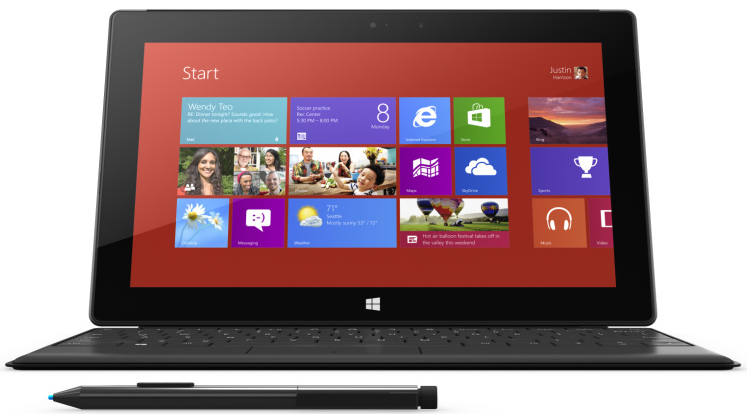
Monster 256GB Microsoft Surface Pro surfaces in Japan
On Wednesday, Microsoft's Japanese arm revealed that on June 6 the Surface Pro tablet will finally be available in the land of the rising sun. The fondleslab is set to arrive in two different trims with 128 GB and 256 GB of internal storage, the latter of which is offered for the first time on the Surface Pro.
The 64 GB Surface Pro will not be available in the local market, likely due to the fact that users can access just 23 GB of storage (practically less than half of the advertised capacity). Microsoft took heavy fire for this caveat, which it appears to avoid in Japan. Prospective buyers can also grab Touch Covers with different design themes, a move that the company carried over from other supported markets.
Acer unveils the 8-inch Iconia W3 Windows 8 tablet
Little over four weeks ago, during an earnings conference call, departing Microsoft CFO Peter Klein revealed the software giant is working with OEMs on smaller and cheaper Windows tablets. The new fondleslabs are expected to be available in the coming months, but Acer decided to give itself a head start.
On its Finnish website, Acer unveiled the new Iconia W3 which is touted by the company as the first 8-inch Windows 8-based tablet. The device is powered by Intel's Atom Z2760 processor (codenamed "Clover Trail") and Graphics Media Accelerator 3650 GPU (Graphics Processing Unit). The Iconia W3 sports an 8-inch multitouch WXGA display and runs Windows 8 Pro.
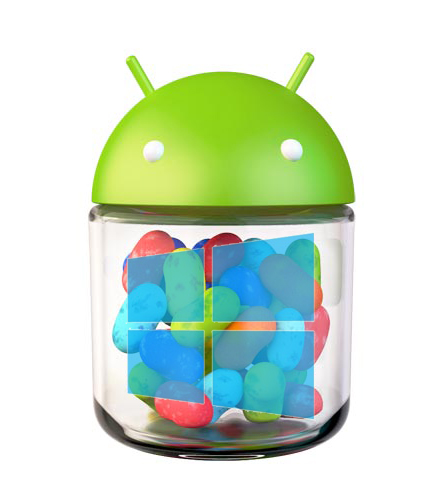
Intel brings Android 4.2.2 Jelly Bean alongside Windows 8
Intel Open Source Technology Center has released an Android 4.2.2 Jelly Bean developer preview build of "pre-alpha quality", which is also "buggy and not highly optimized", albeit one that has a major trick up its sleeve. Unlike the common version of the green droid operating system, which mostly runs solely on the ARM architecture, the aforementioned developer preview build -- dubbed Android-IA -- is designed to work on Intel's x86 processor architecture used on Windows-compatible devices.
So what would you need to run this "buggy and not highly optimized" Android 4.2.2 build? Intel says that Android-IA can only boot with UEFI mode enabled within the BIOS, which straight off the bat narrows down the list of compatible devices and therefore the ability to run this green droid build, and includes support for dual-boot alongside Windows 8. The chip maker also warns that even if your device is theoretically compatible, in order to dual-boot with Windows 8 onboard there are certain aspects to be considered beforehand.
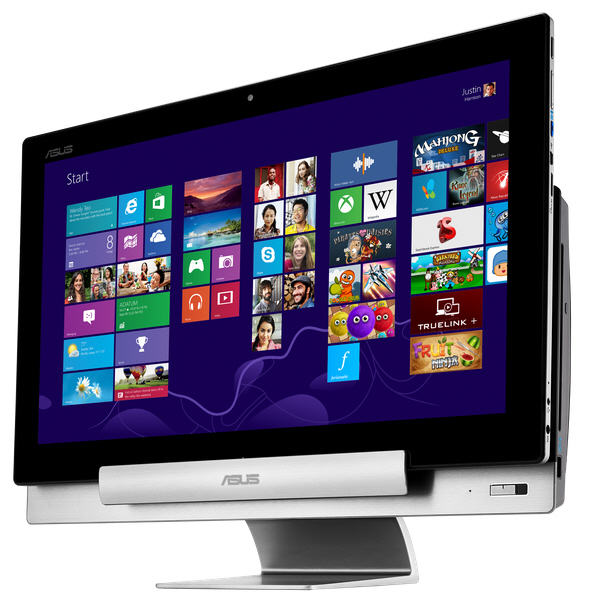
ASUS 'launches' the Transformer AiO for Android and Windows 8 lovers
If you're in the market for an all-in-one PC running Windows 8 but you also want an Android tablet to carry about inside the house, Taiwanese manufacturer ASUS has just the thing for you -- the new Transformer AiO. Designed as a niche of a niche product, the Transformer AiO appears to have it all figured out.
The all-in-one aims to give users the power of legacy and Modern UI Windows 8 apps, combined with the vast and mobile-oriented Android ecosystem. On the Windows 8 side, the Transformer AiO brings an 18.4-inch LED-backlit IPS display with 10-point multitouch and a resolution of 1920 by 1080. Power comes from a third generation Intel Core i3, i5 or i7 processor backed by an Nvidia GeForce GT 730M graphics card with 2GB of RAM. Like you'd expect it features the usual array of ports, including HDMI and USB 3.0 ones.
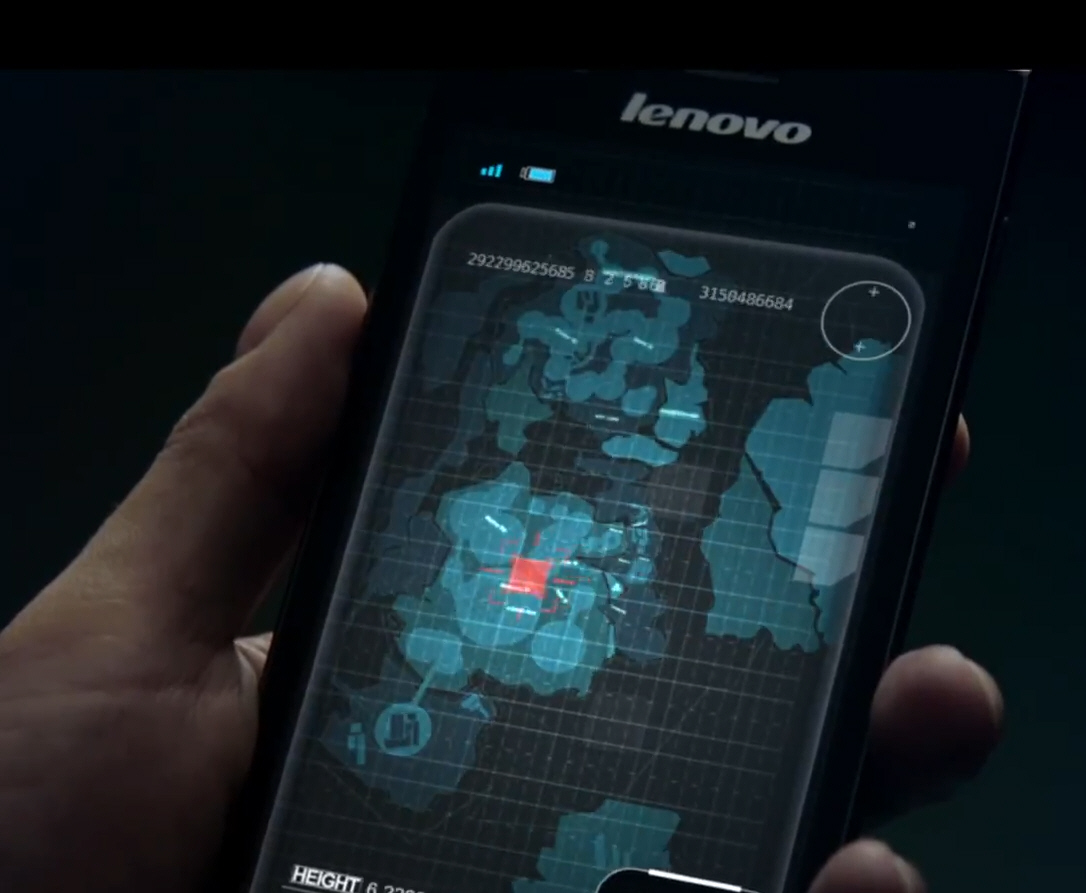
Lenovo unveils the Intel Atom-powered K900 smartphone
Following on from Huawei's announcement of the Ascent Mate yesterday, Chinese electronics company Lenovo has unveiled its own phablet at CES 2013. However, unlike Huawei, which opted to give its device a "huge" 6.1-inch HD IPS+ panel, Lenovo has chosen a more restrained 5.5-inch display for its K900 smartphone, bringing it in line with the current Samsung Galaxy Note II.
Lenovo has provided few details concerning the K900's specifications. The smartphone is known to ship with a 5.5-inch IPS display sporting a resolution of 1920 by 1080, delivering a pixel density higher than 400 ppi. The screen is protected by Corning Gorilla Glass 2. Power comes from a "forthcoming" Intel Atom processor. According to Lenovo, Intel has yet to "release complete specifications", which explains the lack of specifics regarding the component.
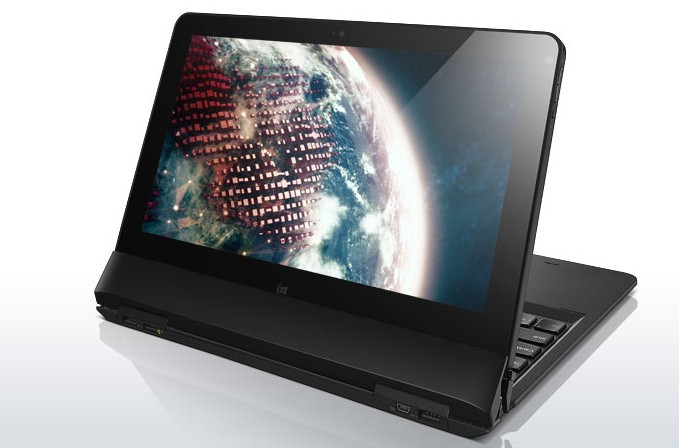
5 CES 2013 pre-show announcements you should know about
The Computer Electronics Show gathers a significant number of companies and prospective buyers alike in Las Vegas for four days starting Tuesday. However, many companies didn't wait for opening day. Which among the early birds stand out from the others?
From the plethora of pre-show announcements most are oriented towards general consumer appliances. For instance, LG's presentation emphasized 39 new driers and 72 new fridges, among super expensive OLED TVs. For a passionate technology enthusiast like myself CES is not Heaven, it's utter Hell. Still, within the literally hundreds of announcements there are some exciting products unveiled in all the pre-show madness.
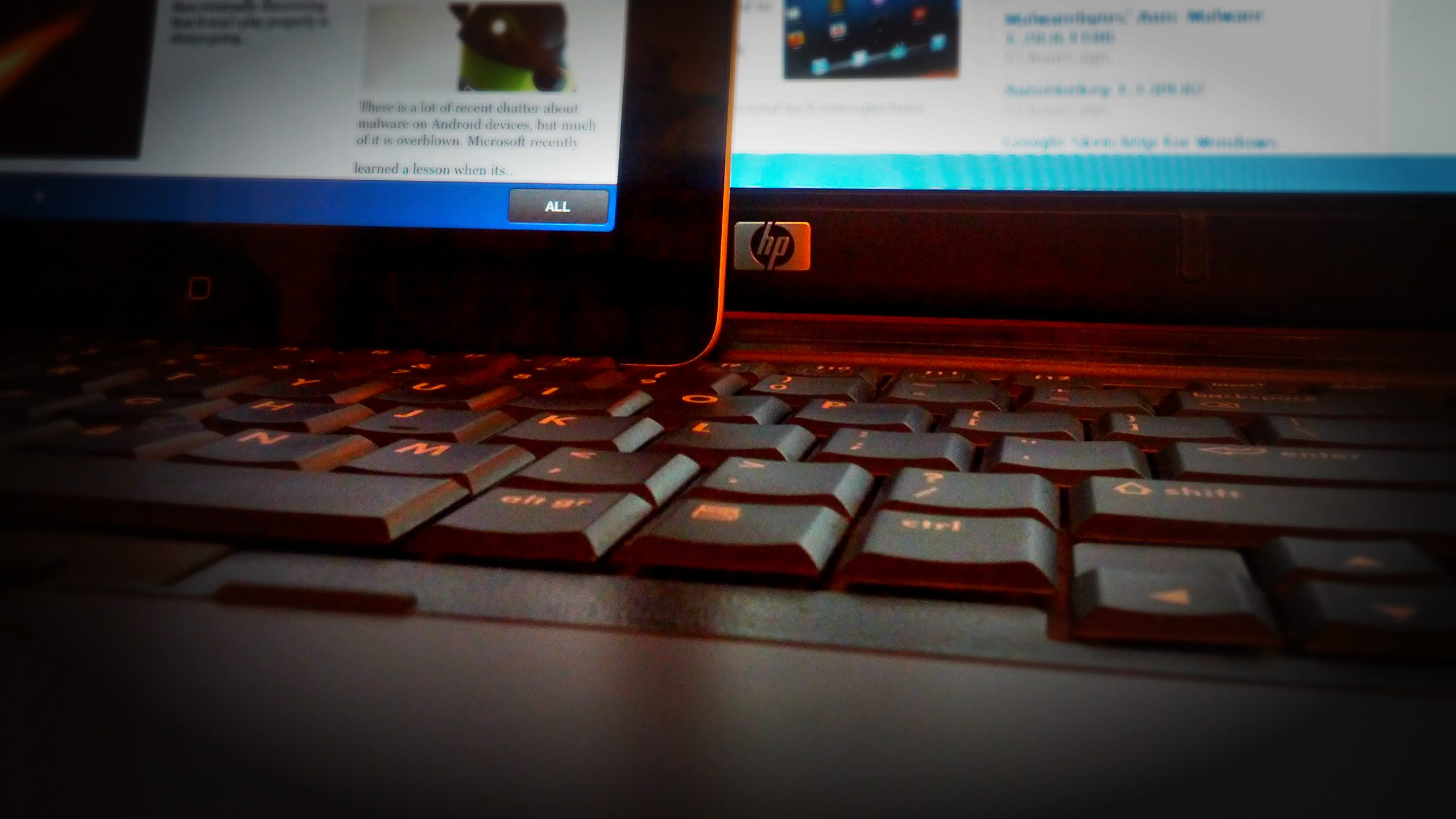
[Mihaita] The tech I used most in 2012
If there's one word that best describes my personal tech use for 2012, change is definitely it. For the most part of the year I "cheated" one platform with another, with no particular personal favorite to get me through (almost) 365 days. Each piece of software and hardware is used for a particular scenario, something that I find rather soothing for my personal early adopter endeavors as well as my sanity. I just can't stand tinkering with the same bit of tech for longer periods of time, although there still is a dear old friend in my life...
My colleagues Alan Buckingham and Wayne Williams already wrote about their personal tech choices in 2012, and now it's my turn. Without further ado here is what I used most throughout the year, starting with my trusty dear old friend.

Intel will go from being Microsoft’s bitch to being Apple’s?
Just weeks after I wrote a column saying Apple will dump Intel and make Macintosh computers with its own ARM-based processors, along comes a Wall Street analyst saying no, Intel will take over from Samsung making the Apple-designed iPhone and iPod chips and Apple will even switch to x86 silicon for future iPads. Well, who is correct?
Maybe both, maybe neither, but here’s what I think is happening.
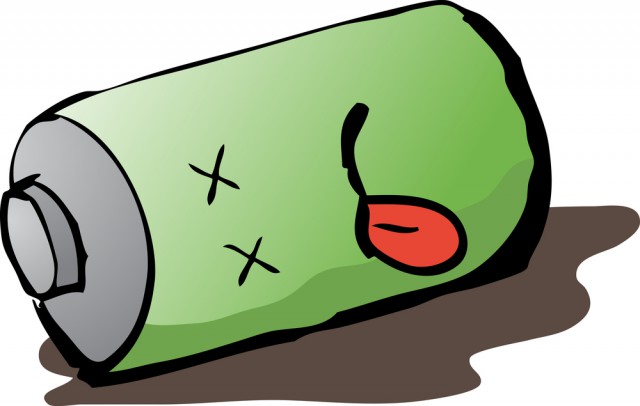
Microsoft Surface Pro won't break battery-life records
Yesterday Microsoft officially unveiled the price of Surface with Windows 8 Pro. Shortly after the Redmond, Wash.-based corporation revealed another bit of key information which was previously missing from the spec sheet -- battery life.
Unlike it's Windows RT sibling, which actually manages to deliver relatively decent battery life, Surface with Windows 8 Pro only lasts roughly half as much according to Microsoft. Prospective buyers can expect between four to five hours of cordless operation if the former's results are of any indication. The reason for the unimpressive performance is undoubtedly the Intel Core i5 processor and high-definition 1080p display.

Paul Otellini isn't enough -- fire Intel's board of directors, too
Two days ago, Paul Otellini resigned his position as CEO of Intel. Analysts and pundits weigh-in on the matter, generally attributing Otellini’s failure to Intel’s late and flawed effort to gain traction in the mobile processor space. While I tend to agree with this assessment, it doesn’t go far enough to explain Otellini’s fall, which is not only his fault but also the fault of Intel’s board of directors. Yes, Otellini was forced out by the board, but the better action would have been for the board to have fired itself, too.
If there was a single event that triggered this end to Otellini’s tenure at Intel I’m guessing it is Apple’s decision to abandon Intel chips for its desktop computers. There has been no such announcement but Apple has sent signals to the market and the company doesn’t send signals for fun. The question isn’t if Apple will drop Intel but when and the way product design changes are made the when is not this Christmas but next.
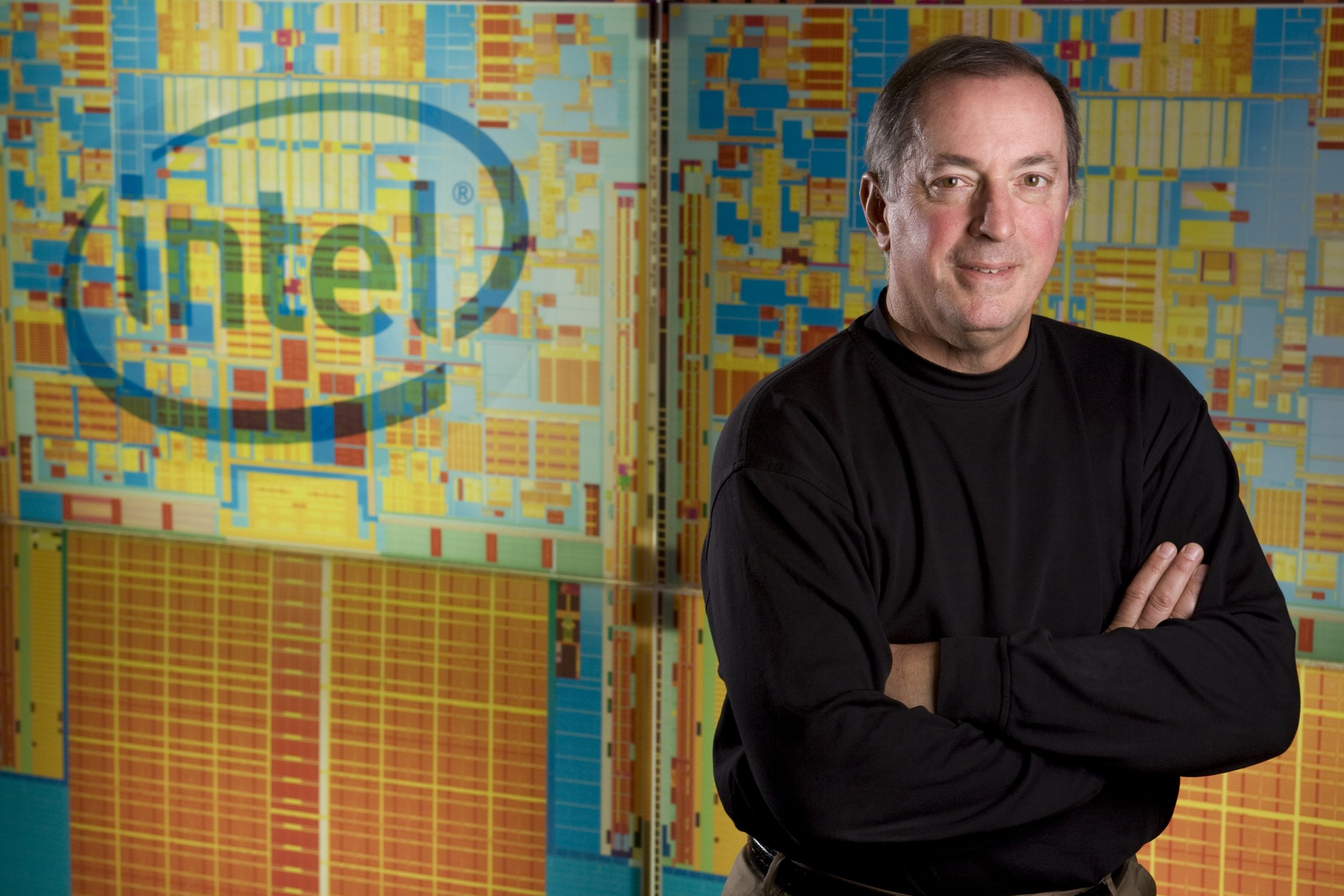
Intel CEO Paul Otellini will retire in May
Paul Otellini joined Intel way back in 1974 when he was fresh out of University of California, Berkeley. He eventually rose to the position of president and CEO in 2005, but now plans to step down after seven years leading the company.
His May 2013 may seem a long ways off, certainly this is a bit more than a standard two-weeks notice, but Otellini picked the date for a very specific reason. May is when Intel holds its annual stockholders' meeting.

Still concerned about the future of PC gaming? Havok pledges full support to Windows 8, RT
Today, Intel subsidiary Havok, an early Windows Phone supporter, announced its complete technology suite will be available to Windows 8, Windows RT and Windows Phone 8 game developers later in the year. Havok's middleware powers a tremendous number of the most popular video games.
Last June, Valve CEO Gabe Newell famously said Windows 8 would be "a catastrophe" for the PC industry, with specifically catastrophic results for the PC gaming industry. Blizzard's Executive Vice President of Game Design Rob Pardo added to Newell's comment, saying Windows 8 was "not awesome for Blizzard, either." Shortly thereafter, Minecraft creator Markus "Notch" Persson expressed worry that a "locked down" Windows 8 would be "very very bad for Indie games and competition in general."
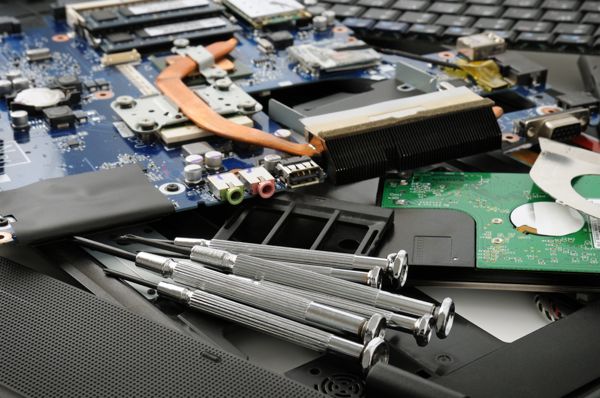
Solid state drives are the fountain of youth for old PCs
I love living on the cutting edge of technology; it's a great place for writing and coming up with important feedback. But nothing can stay new forever, and some things don't necessarily need to be replaced whole-hog. Component upgrades, therefore, can give you that feeling of the new without having to scrap something that still has value to it. An old spinning hard drive in your laptop is a perfect example. When you've still got a lot of life in your machine, replacing the HDD with a solid state drive should be a no-brainer.
For me, it was either do that or buy a whole new laptop that wouldn't serve me any better at doing my job. After some research on reliability and pricing, I concluded that the Intel 330 Series 240GB SSD would fit my specific requirements without going overboard and spending too much on technology that's rapidly depreciating anyway.
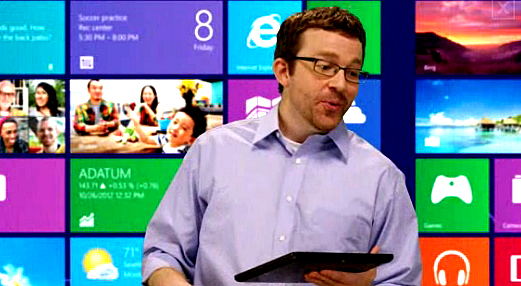
AMD's newly introduced Z-60 APU goes after Intel's Clover Trail
On a number of levels, AMD and Intel are in similar predicaments. Both are major players on the desktop chip market, but have an abysmal presence on the mobile tablet market. To correct the latter Intel recently announced its new tablet processor codenamed Clover Trail and AMD promptly followed by announcing the company's Z-60 accelerated processing unit (APU). The two will yet again battle, but for a different market on which neither has a commanding presence nor the recognition as a fearful competitor.
Just like Intel's Atom Z2760 system on a chip, AMD has a recipe that involves tackling the Windows 8 Pro tablet market instead of feature-stripped Windows RT tablets. Yet again, the two companies take the familiar approach by using x86 processors to make a splash on the diverse tablet market. The dual-core AMD Z-60 touts features such as AMD "Start Now" which is designed to deliver fast boot and resume from sleep times, six hours of HD video playback and up to eight hours of browsing battery life, all in a tablet as thin as 10mm.

Intel Clover Trail to make mid-range Windows 8 Pro tablets attractive
In the consumer market, Intel is best known for making chips that go into PCs of various design, and with the newly announced Intel Atom Z2760 processor, codenamed Clover Trail, the Santa Clara, California-based corporation is looking to make a dent in the mobile tablet market as well, where its presence can be considered abysmal at best.
The new Intel processor is designed to fill the gap between Windows RT-based tablets running on ARM chips and full Windows 8 Pro-based tablets on Intel Core i processors. Intel looks to be planting its Clover Trail flag in the middle ground, offering compatibility with desktop applications and improved mobility through good battery life and a compact package.
